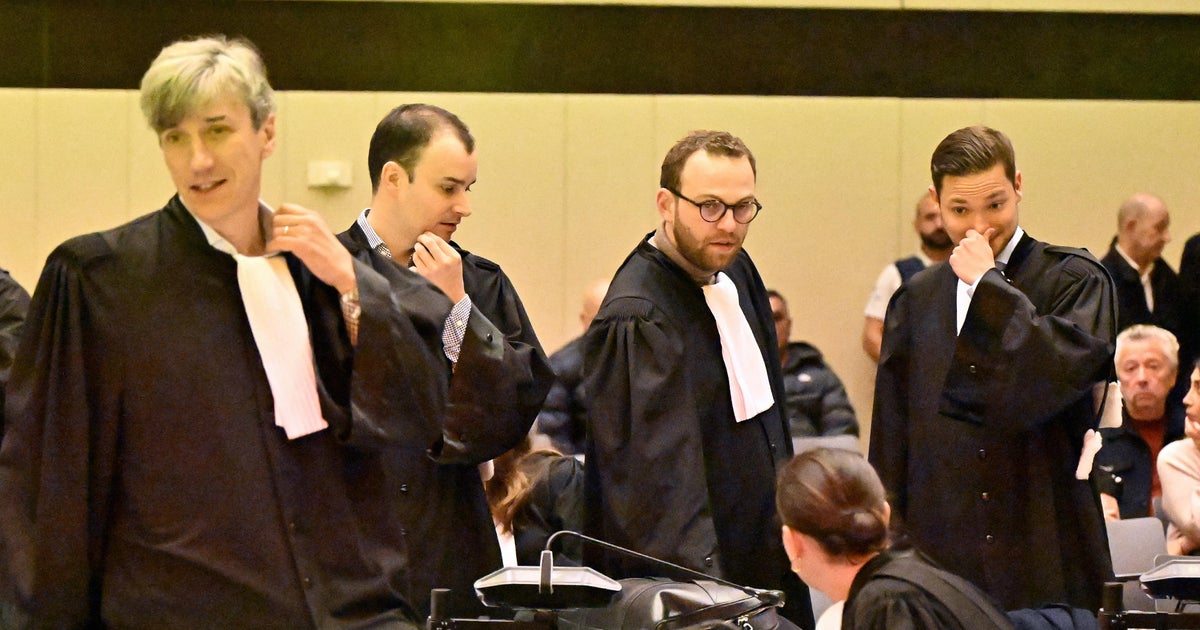SpaceX launches more Starlink satellites for broadband delivery
After a half-dozen mostly weather-related delays, SpaceX finally launched a Falcon 9 rocket Wednesday carrying a fourth batch of 60 Starlink internet relay satellites in an on-going push to deploy a globe-spanning constellation of broadband beacons.
By mid 2020, the company hopes to have more than 700 satellites in space, enough to begin offering commercial space-to-Earth internet transmissions across much of North America.
Professional and amateur astronomers alike worry the reflectivity and radio emissions from the Starlink satellites, and rival constellations being built by competitors, will impact sensitive observations.
SpaceX is working to resolve the problem and one of the satellite's launched last year with the third batch of Starlinks featured a dark coating intended to reduce its reflectivity. That satellite is not yet in its operational orbit, so it's not yet known how the coating will work in practice. SpaceX is pressing ahead with launches in the meantime.
The California rocket builder originally planned to launch its fourth batch of Starlink satellites on Jan. 20, but the flight was repeatedly delayed, mostly due to rough seas in the off-shore booster recovery zone and high upper-altitude winds along the flight path.
But it was clear sailing Wednesday and the Falcon 9 rocket, using a twice-flown first stage, roared to life at 9:06:49 a.m. EST and shot away from pad 40 at the Cape Canaveral Air Force Station.
As usual, SpaceX recovered the Falcon 9's first stage after it boosted the upper stage and its multi-satellite payload out of the lower atmosphere. The computer-controlled rocket settled to an on-target touchdown on the droneship "Of Course I Still Love You" northeast of Cape Canaveral about eight-and-a-half minutes after launch.
SpaceX recovery crews on two other ships, the "Ms. Tree" and "Ms. Chief," also planned to attempt recovery of the two halves of the protective payload fairing about 35 minutes later. The Starlink satellites were expected to be released into their preliminary orbit about one hour after launch.
SpaceX has regulatory approval to launch more than 12,000 mass-produced Starlink satellites in multiple orbital planes and altitudes, a vast constellation intended to beam uninterrupted commercial broadband signals to customers with small user terminals in under-served areas around the world.
By mid-2020, after a dozen Falcon 9 flights, enough satellites will be in orbit to provide limited coverage across most of the continental United States and Canada. Gaps near the equator will still exist until more orbital planes can be populated.
"Twelve launches gets us connectivity with no gaps down to a latitude of roughly 25 degrees (north and south latitude)," SpaceX president Gwynne Shotwell told reporters late last year. "And then 24 missions gets us global coverage with no data gaps."
"So what's preventing us from providing service? Getting the right number of satellites up in orbit. We will start offering service (in mid-2020) because we have those 12 launches."






